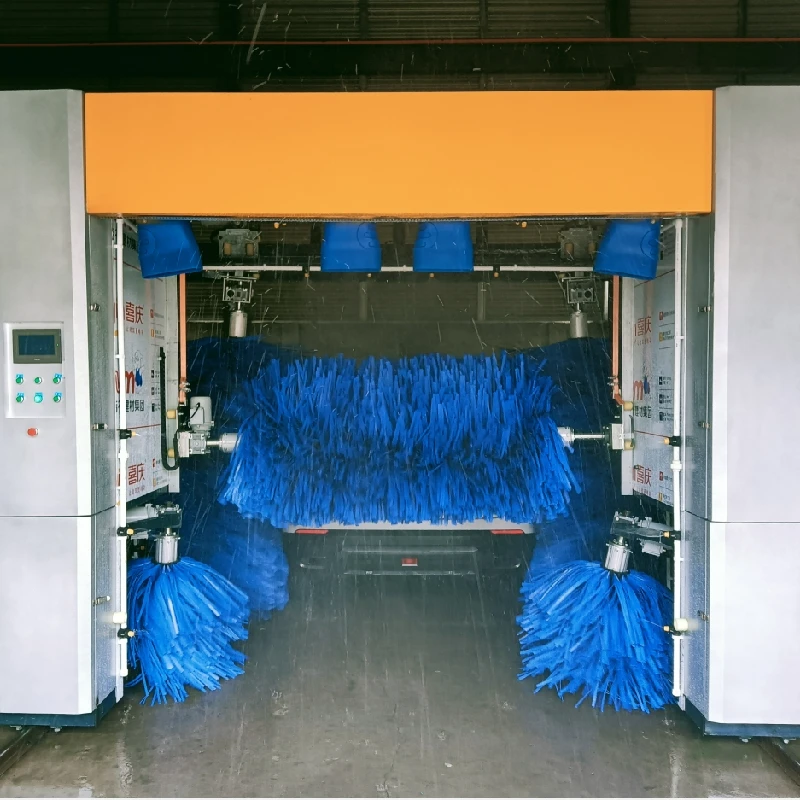touchless car wash machine
The Evolution of Touchless Car Wash Machines
In recent years, the automobile care industry has witnessed a significant transformation with the advent of touchless car wash machines. This innovative technology caters to the needs of car owners who desire a thorough cleaning without the risk of scratches or damage to their vehicle's exterior. Touchless car washes employ a combination of high-pressure water jets, specialized detergents, and advanced sensors to provide an efficient and gentle cleaning service.
Touchless car wash systems are designed with the primary goal of maintaining the integrity of a vehicle's paint and finish. Traditional car wash methods, which utilize brushes and sponges, can sometimes lead to micro-scratches or swirl marks, particularly if the brushes are worn or if dirt particles are trapped within them. Touchless systems eliminate this risk by relying solely on pressurized water and chemical agents to lift dirt and grime off the surface.
The operation of a touchless car wash begins when a vehicle enters the washing bay. High-powered spray nozzles strategically positioned around the washing area activate to deliver a robust stream of water onto the car. This initial rinse aims to remove loose dirt and debris. Following this, a specially formulated detergent is applied, which helps to break down stubborn grime, road salt, and other contaminants.
One of the key advantages of touchless car wash machines is their ability to customize the wash cycle based on the specific needs of the vehicle
. Many systems use advanced technology, including sensors and cameras, to assess the condition of the car before the wash begins. This allows for tailored application of cleaning agents, ensuring that every vehicle receives the appropriate treatment for its level of dirtiness.touchless car wash machine

Efficiency is another hallmark of touchless car washes. With the ability to clean a vehicle in a matter of minutes, they provide a time-saving solution for busy car owners. Most touchless systems offer several different wash packages, allowing customers to choose the level of cleaning they desire—from a basic rinse to a full-service wash that includes wax application.
Moreover, touchless car washes tend to use less water than traditional washing methods. By utilizing high-pressure jets, they can effectively remove dirt with minimal water consumption. This is particularly beneficial in areas facing water shortages or where environmental conservation is a concern.
While touchless car wash machines are heavily marketed for their gentle cleaning capabilities, it is important for consumers to understand the limitations of this system. Certain types of dirt, such as heavy mud or caked-on debris, may require additional attention. In these cases, a pre-wash or manual rinsing may be necessary to ensure that the car is adequately cleaned.
Despite these potential challenges, the popularity of touchless car washes continues to grow, driven mainly by convenience and the desire for paint protection. Customers appreciate the swift service and extraordinary results that come from modern technology, making touchless car washes a go-to option for many car owners.
In conclusion, touchless car wash machines represent a significant advancement in vehicle care technology. Combining innovation with efficiency, they offer a reliable solution for car owners looking to maintain their vehicle's appearance without compromising its integrity. As the automotive industry progresses, these machines are likely to become even more sophisticated, integrating artificial intelligence and additional eco-friendly options into their systems. Ultimately, the future of car washing looks bright, and touchless technology is set to play a crucial role in that evolution.




